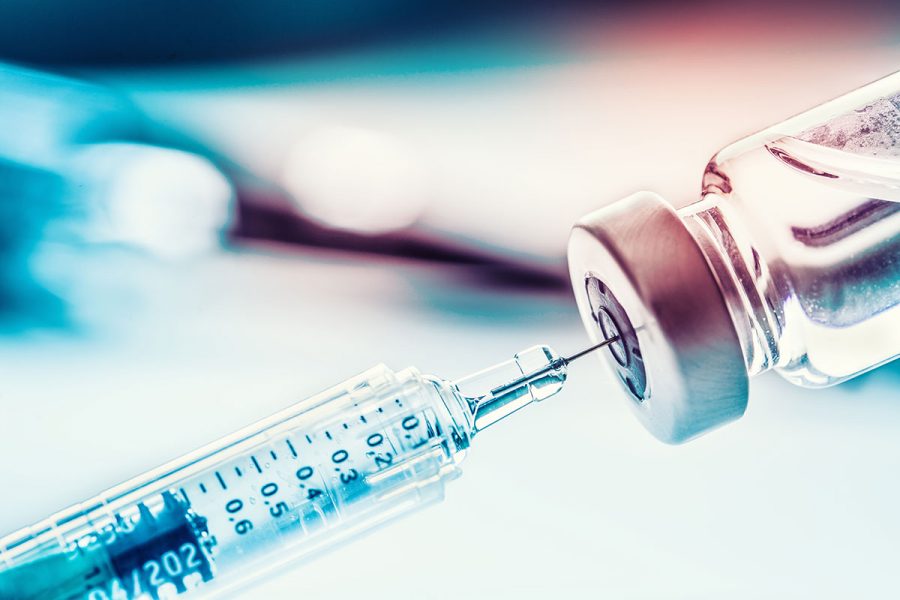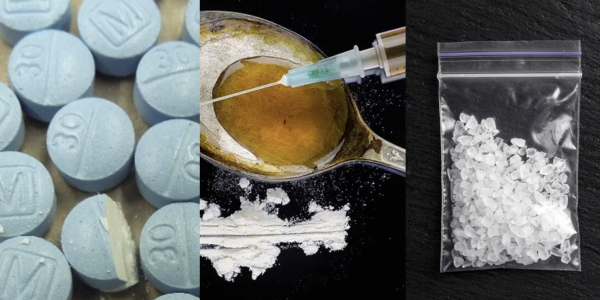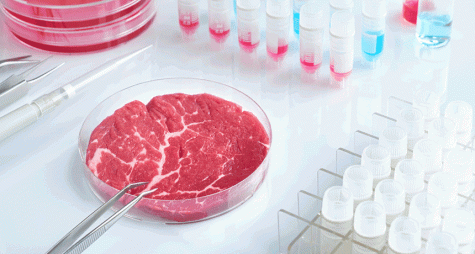Moderna and Pfizer: What’s the Difference?
Photo courtesy Getty Images
While you might see everyone around you dutifully vaccinating themselves to gain immunity to COVID-19, it’s important to read up on how the two available vaccines, Pfizer and Moderna, work. Are they effective? What are the differences? Before I answer those questions, let us look into the four categories that most vaccines fall into.
A Whole Vaccine
A whole vaccine injects a weakened form of the virus into your body, which triggers a strong immune response. The weakened virus enters your body, causing antigens and T-cells to attack the virus. In the meantime, “memory cells,” or B-cells, prepare the immune system to produce cells and antibodies to fight off the virus the next time it enters the body.
A Protein Subunit Vaccine
A protein subunit vaccine injects small fragments of the virus protein into your body which causes an immune response to fight off the antigen. The proteins cannot harm the body because they are not an entire virus. However, the immune system does not always recognize the antigen. Thus, adjuvants––chemicals injected along with the drug to increase efficacy or potency––are often injected to trigger a stronger immune response. Often in a protein subunit vaccine, a “booster dose,” or a second dose, is administered after the first dose to further increase effectiveness.
The next three vaccine types, mRNA, viral vector, and nucleic acid, generally fall under one category.
mRNA Vaccines
Injecting an mRNA vaccine, a weakened or partial form of the virus, sends a genetic code into the body for it to produce the antigens itself. The genetic code gives instructions on how to create copies of a fragment of the SARS-CoV-2 virus: notably, their characteristic spikes. A SARS-CoV-2 virus uses its spikes to attach itself onto a cell and inject genetic code into the cell, causing it to create more and more of itself, eventually giving the body COVID-19. However, an mRNA vaccine allows cells to produce harmless fragments of SARS-CoV-2 so that B-cells can produce antibodies for the virus. The next time the body is faced with the same virus, antibodies will attach themselves onto the spikes, rendering the virus useless.
Viral Vector
This type of vaccine generally works the same way as the mRNA vaccine. However, instead of directly injecting genetic code into a cell, it encases it into a harmless virus, which delivers the code into the cells. In theory, the viral vector can be used to develop vaccines much more quickly, because a harmless virus is, on its own, used to deliver the genetic code into the cell.
Nucleic Acid Vaccines
Nucleic acid vaccines are simple and cheap to develop. Like the mRNA and viral vector vaccines, this type of vaccine inserts genetic code into a cell, but instead of using a harmless virus, it uses a molecule, or a gene gun, to inject genetic code directly into the cell.
Overview of Available Vaccines
So, what about the vaccines we have available right now?
Both the Moderna and Pfizer vaccines fall into the mRNA vaccines category, so they work by giving the body’s cells a set of instructions on how to produce a harmless part of the virus to produce antibodies for it.
Both require two doses. The Moderna vaccine’s 1st dose and booster dose are separated by 23 days while the Pfizer-BioNTech COVID-19 Vaccine has a waiting period of 21 days.
In terms of effectiveness, both vaccines have similar results. Pfizer was 95% effective, while Moderna was 94.1% in clinical trials.
If you don’t have allergies to an ingredient in the vaccine, side effects are generally the same with both vaccines: pain in the arm, tiredness, nausea, or muscle pain. These side effects are normal and should go away in a few days.
So since there aren’t any differences between Moderna and Pfizer to worry about, what about the manufacturing? The differences lie in maintenance and storage. Moderna is arguably easier to store and maintain than Pfizer. While Pfizer must be stored in temperatures of -112 to -76 degrees, the Moderna only requires -13 to -5 degrees Fahrenheit. “The mRNA itself is not very safe at room temperature, once you take it and put it in the refrigerator, the Pfizer vaccine is only stable for 5 days. The Moderna vaccine on the other hand from the data we have from the company appears to be stable in the refrigerator for thirty days”, said Dr. James Cutrell, an Infectious Disease Specialist. Large hospitals with the money and space to store Pfizer vaccines are more likely to administer them to their patients.
There’s no need for patients to worry about which vaccine is better for them because Moderna and Pfizer are both great and effective vaccines. The only worry for a patient is if they have an allergic reaction to a substance in either the Pfizer or Moderna vaccine, depending on which one they took at the time. If so, they should not take either and should ask their doctor about another option.
So, if both vaccines seem to work astonishingly well, and even work in generally the same way, which one is better and which one should you take? The answer is, whichever you can take! The worst thing you could do is refuse to take one vaccine to take the other one because of some assumptions that it has more benefits. Take the one you can take, because if it meets the FDA’s strict standards for safety, and has proven itself effective. Go for it.












